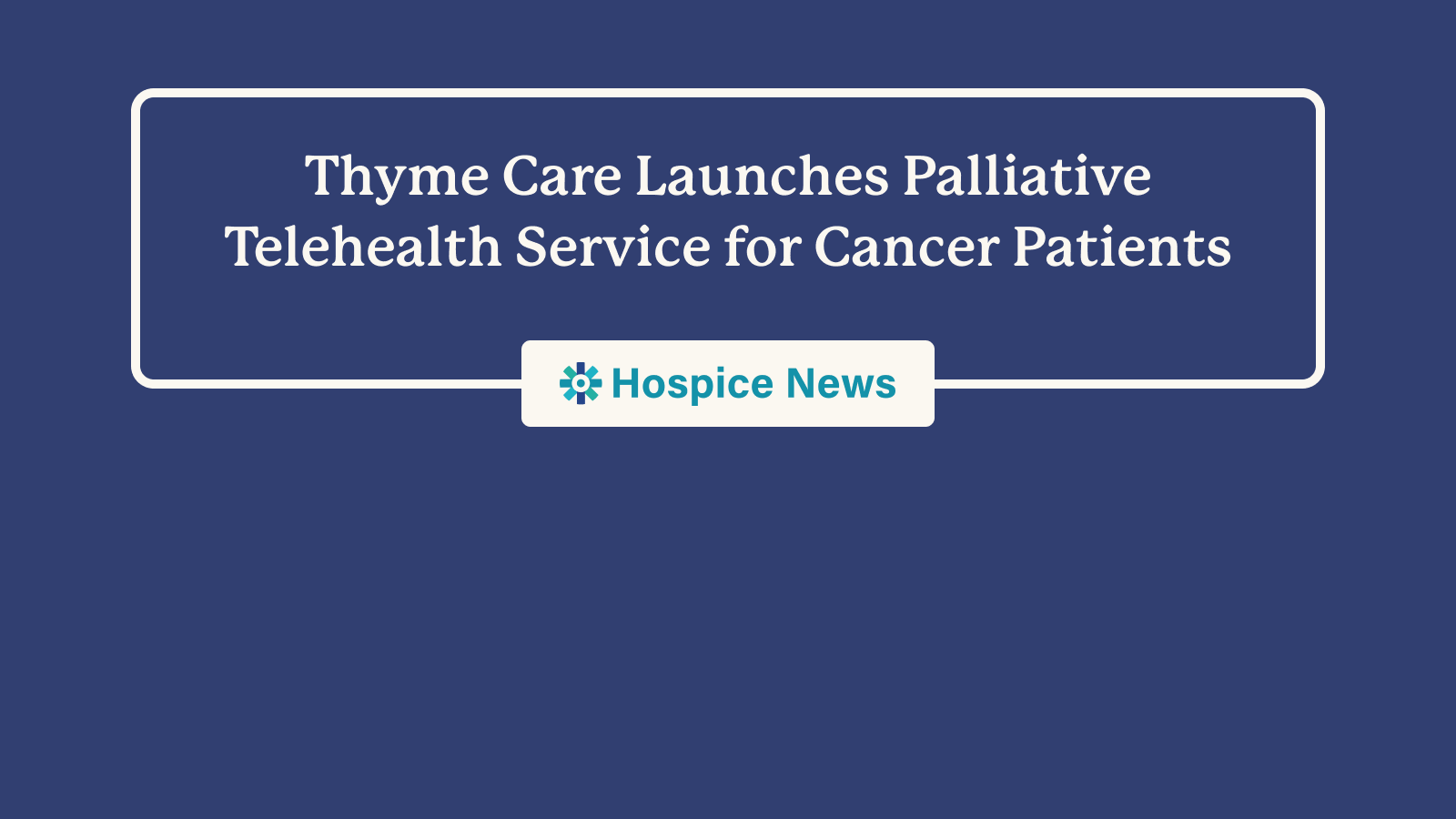Palliative Providers Navigate Potential ‘Disastrous’ Impacts Amid Telehealth Uncertainties
Telehealth’s value proposition is building in the palliative care realm as regulators mull policies around future utilization, leaving providers to navigate uncertain and potentially difficult challenges among patients.
Telehealth has been among the drivers of greater access to palliative care and improved quality among seriously ill patient populations, according to Dr. Michael Fratkin a palliative care specialist at Humboldt Center for New Growth. He is also board president of the Institute for Rural Psychedelic Care and founder and lead consultant at Fire & Water Consulting LLC.
Palliative patient populations nationwide are at risk of increased symptom burden and suffering if telehealth flexibilities set forth during the pandemic were to end as planned this year, Fratkin said.
“Telemedicine fills an extraordinary need, creates access and has serious advantages within the special circumstances in which palliative care services are provided in a world where there is an extreme deficiency in access,” Fratkin told Palliative Care News. “It would be a disaster to withdraw the freedom to use video-based telemedicine services for people receiving care in their home by palliative care teams. People would suffer. They would have hassles and limited support structures related to taking their progressively ill selves to be seen by a doctor in person. That’s a huge burden on those patients, and it’s wildly less efficient as well.”
State of telepalliative regulations
Congress currently is weighing a bill, the Preserving Telehealth, Hospital, and Ambulance Access Act, that proposes to extend the expiration of regulatory flexibilities tied to telehealth through 2026. Currently set to sunset Dec. 31, these waivers included the ability for hospices to recertify patients via telehealth services.
The bill’s introduction follows legislation floated last year that proposed to expand Medicare coverage of telehealth and make permanent some of the flexibilities implemented during the COVID-19 public health emergency.
Seriously ill patients in rural and remote areas stand to lose the most in terms of access to quality care and supportive psychosocial resources, Fratkin said. Telehealth has become an important tool in the ability for providers to reach patients spread out across large geographic regions, he explained.
Telepalliative utilization has helped minimize travel times, reduced costs and allocate valuable clinical resources amid widespread staffing shortages and reimbursement pressures in palliative care, Fratkin said.
To date, some of the permanent regulatory changes sticking around after the expiration this year include allowing the use of audio-only behavioral telehealth services among home-based Medicare patients, as well as telehealth utilization among rural health clinics and emergency hospital systems.
Specifications in palliative care telehealth utilization have yet come to fruition, but the legislative actions/attention signals that policymakers are considering the impacts of greater implementation, Fratkin indicated. The data on telehealth utilization thus far has not reached a point of evidence-based practices to help policymakers establish reimbursement systems and regulations on the key quality and standardized care delivery measures in telehealth, he said.
“Telemedicine helps providers deliver greater capacity and have greater efficiency with more patient-centered care,” Fratkin said. “We’ll see how the data will support that, but there’s enough evidence out there that keeps reinforcing that telehealth works. And it works well enough to keep regulators’ eyes open to allowing the wide diversity of different kinds of telehealth programs in different areas. This is a very delicate area for policymakers and legislators to tease out and not throw out the baby with the bathwater in palliative care. There are tricky elements related to issues of that intersection of best practices for symptom control.”
Navigating telehealth impacts
Research efforts have expanded in recent years that examine the impacts of palliative telehealth utilization. Early access to telepalliative care interventions can be as effective in managing pain and symptoms in cancer patients as in-person visits, according to research recently published in the American Journal of Managed Care (AJMC).
Researchers found common threads in telehealth and in-person care such as establishing trust and relationship building with patients and their caregivers, identifying and addressing symptom management.
“We are seeing more and more evidence to support the fact that palliative care delivered via telehealth is high quality and acceptable to patients and caregivers,” said Dr. Julia Frydman, medical director for palliative care at Thyme Care. “This is particularly exciting as we think about reaching hard-to-reach populations, where palliative care clinicians are not locally available. Clinically, telehealth can maintain or even improve the quality of care, as evidenced by similar or better patient outcomes compared to traditional in-person visits.”

